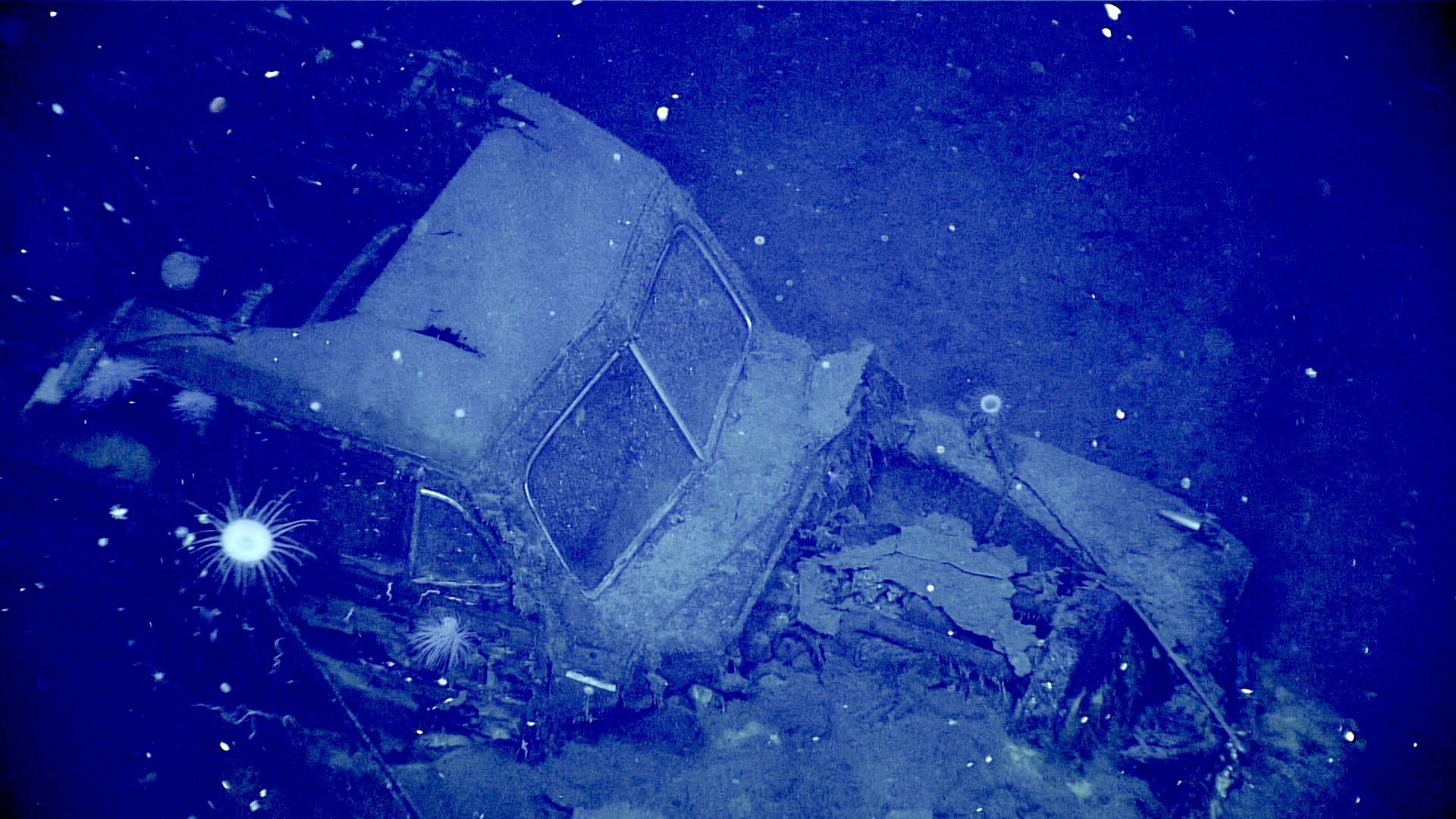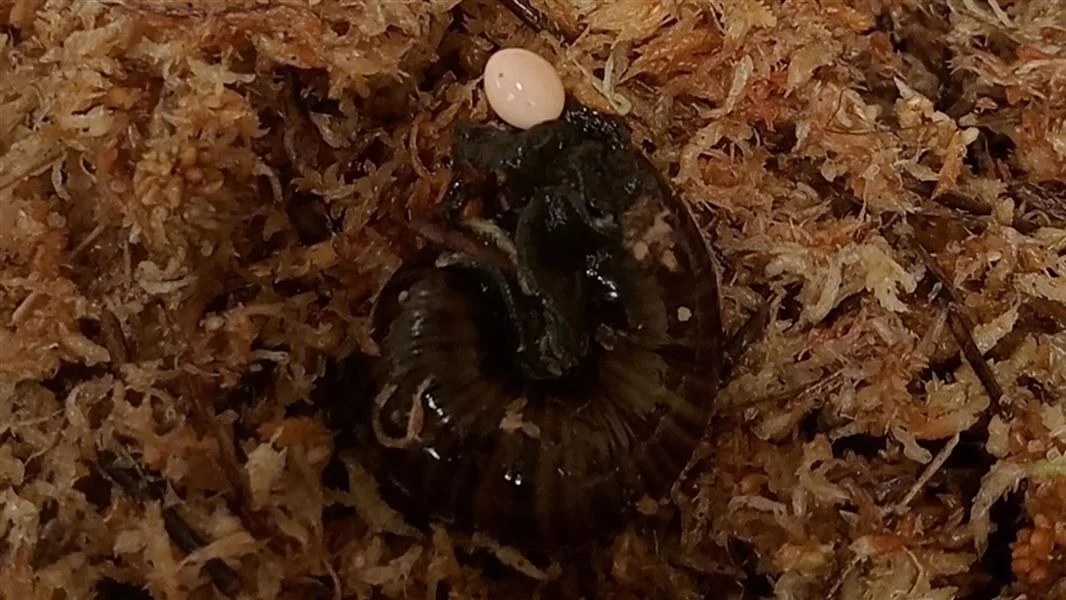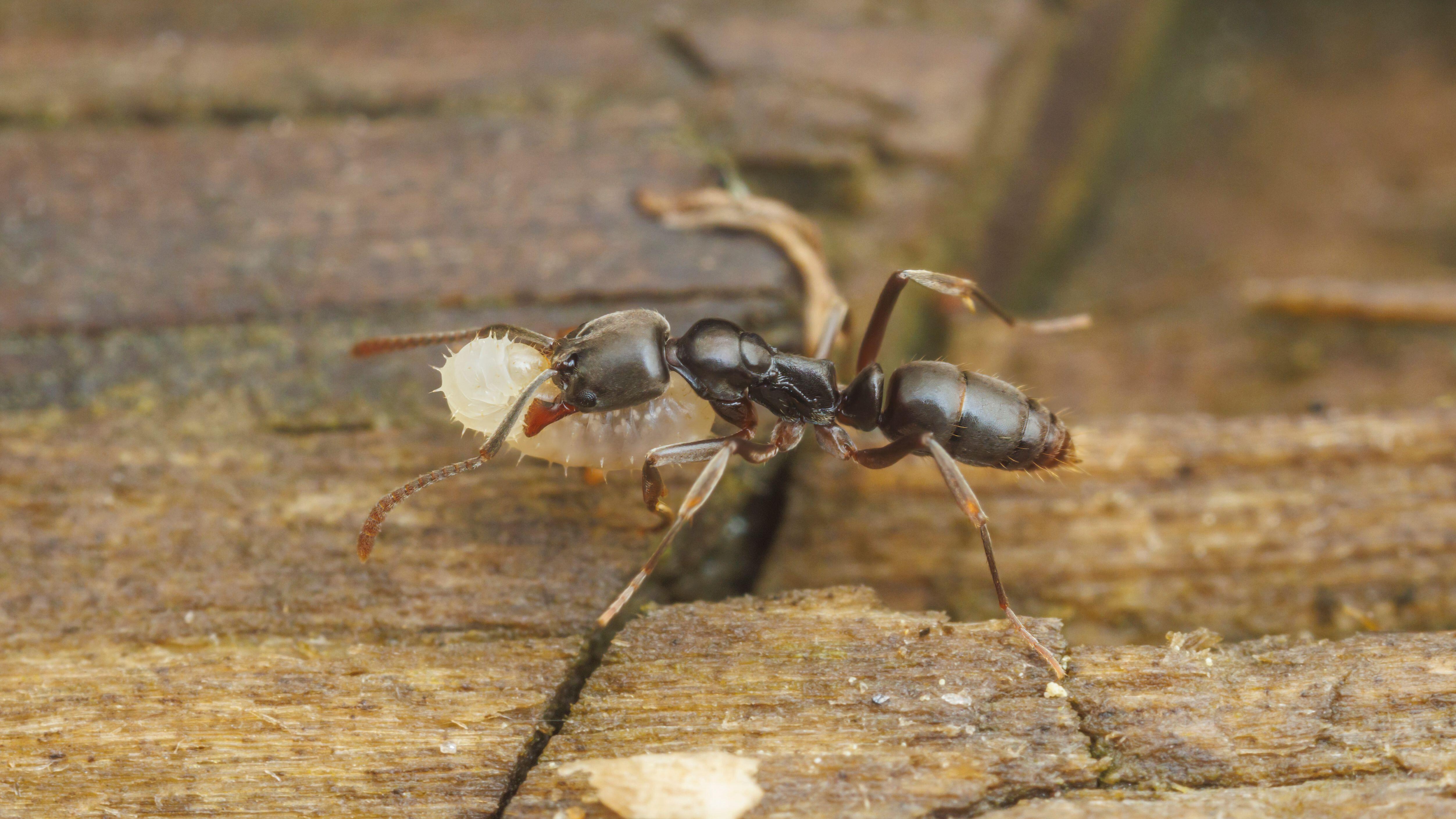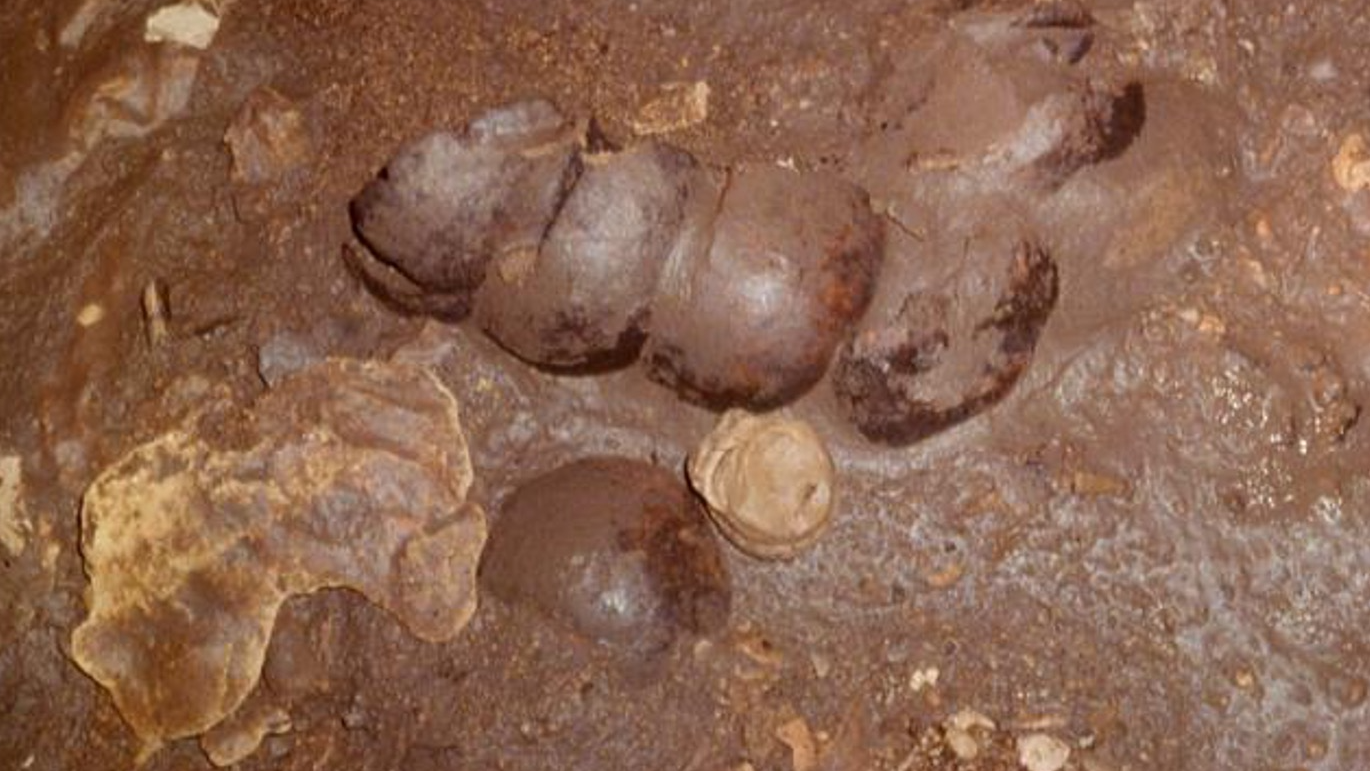Neanderthals may have lived near Princess Diana's childhood home 40,000 years ago
Seashells, antler and flint may have been worked by Neanderthals.

The first inhabitants of the estate of the late Princess Diana may have been Neanderthals.
An archaeological dig at Althorp, where Diana Spencer grew up, has turned up an ancient trash pile containing decorated seashells dating back 40,000 years, according to The Telegraph.
"We don't think the shells would have been the remnants of a prehistoric meal, as Althorp was even further from the sea then than it is today," excavation leader Roger Michel, director of the Institute for Digital Archaeology, told the newspaper. "They are also incised. They could have been used for decoration or as spurs of mother of pearl for jewellery."
Related: In photos: Neanderthal burials uncovered
The date puts the shells at a time when Neanderthals (Homo neanderthalensis) certainly lived in what is today Britain — these relatives of modern humans arrived in the area at least 400,000 years ago. Modern humans (Homo sapiens) arrived in Britain around 40,000 years ago, just as Neanderthal populations around Europe were dwindling and the species was on its way to extinction. Thus, the shells could have been worked by either modern humans or Neanderthals.
A search for a village
The archaeologists did not set out to discover Paleolithic artifacts on the Spencer estate, which sits in West Northamptonshire, England. Instead, they were searching for the remains of a village called Ollethorp, which was abandoned during the Black Death of the 14th century and which was said to sit near the current estate home on the Spencer property. The family has owned the land since 1508, and the current estate was built in 1688, according to The Telegraph. Charles Spencer, Diana's brother and the current owner of the estate, ordered the dig in order to find the village.
The existence of Ollethorp is recorded in the Domesday Book, a survey conducted in 1086 on behalf of William the Conqueror, who was trying to keep track of who owed him taxes. By the time that a wealthy wool merchant John Spencer purchased the estate in 1508, the village was gone.
Sign up for the Live Science daily newsletter now
Get the world’s most fascinating discoveries delivered straight to your inbox.
While excavating, Michel and his team discovered the midden, or trash pile, containing the shells, which must have been carried a long distance from the sea. The trash heap also contained flint and antler that had been chipped and carved.
Neanderthal home
Britain was probably home to human relatives even before Neanderthals came onto the scene 400,000 years ago. According to University College London, the first evidence of hominins (humans' immediate relatives and ancestors) in Britain dates back to 850,000 years ago and consists of stone artifacts found in Norfolk. Most hominins seemed to be passing through when the climate opened up land bridges between the island and mainland Europe, but Neanderthals settled in.
Though Neanderthals were long maligned as unsophisticated "cavemen," they were likely technologically advanced, archaeologists have increasingly discovered. They may have been Europe's first artists, Live Science previously reported.
The archaeology team on the Spencer estate plans to continue studying the artifacts they've unearthed and will continue the hunt for Ollethorp, Michel said.
"Our geophysical surveys of the site reveal many areas of interest that merit further exploration," Michel told The Telegraph. "Althorp may very well tell the entire story of the settlement of Britain from the time of the earliest human habitations straight through to the HS2 [a planned high-speed railway line] that will pass not far from the estate."
Originally published on Live Science

Stephanie Pappas is a contributing writer for Live Science, covering topics ranging from geoscience to archaeology to the human brain and behavior. She was previously a senior writer for Live Science but is now a freelancer based in Denver, Colorado, and regularly contributes to Scientific American and The Monitor, the monthly magazine of the American Psychological Association. Stephanie received a bachelor's degree in psychology from the University of South Carolina and a graduate certificate in science communication from the University of California, Santa Cruz.









